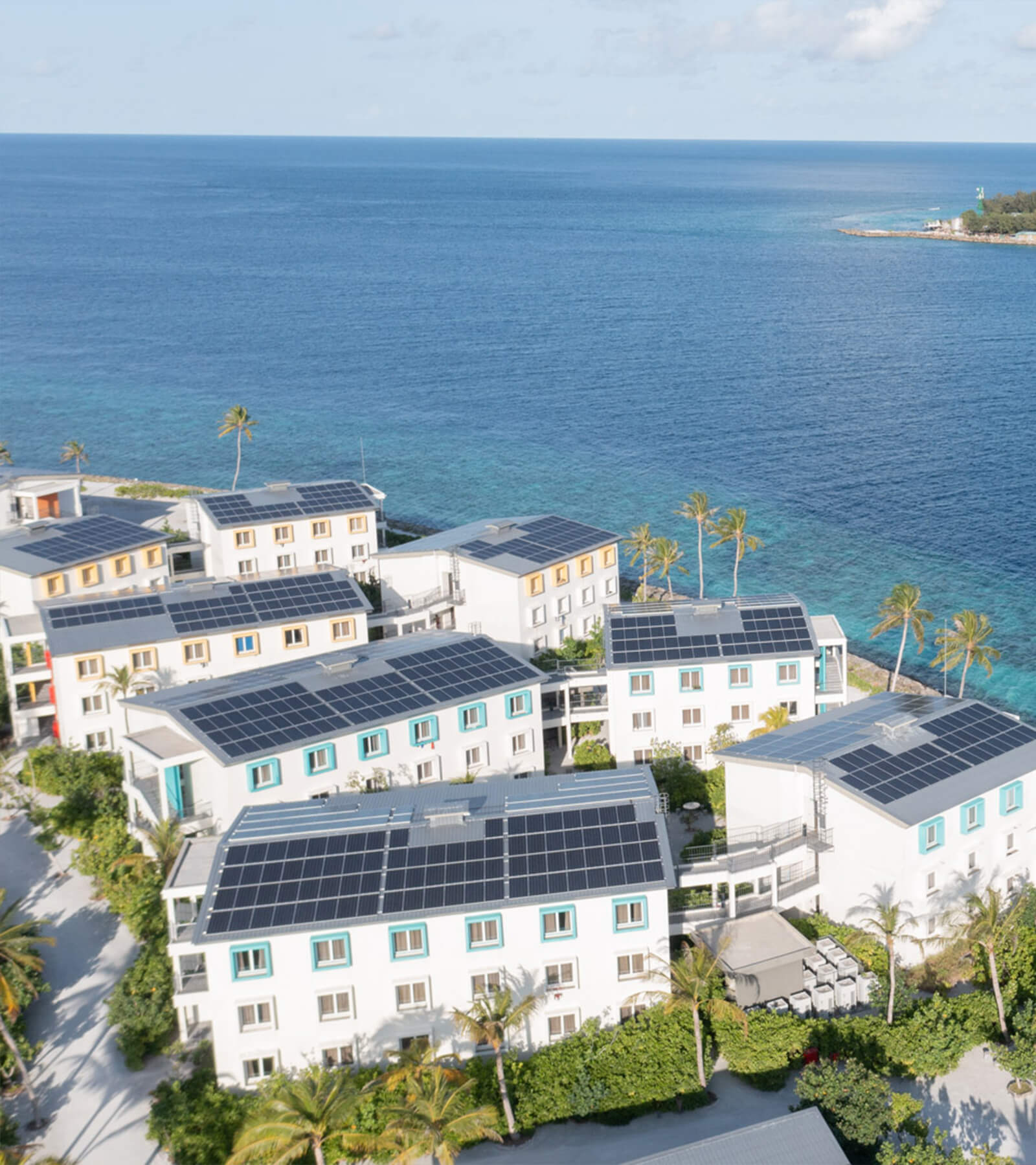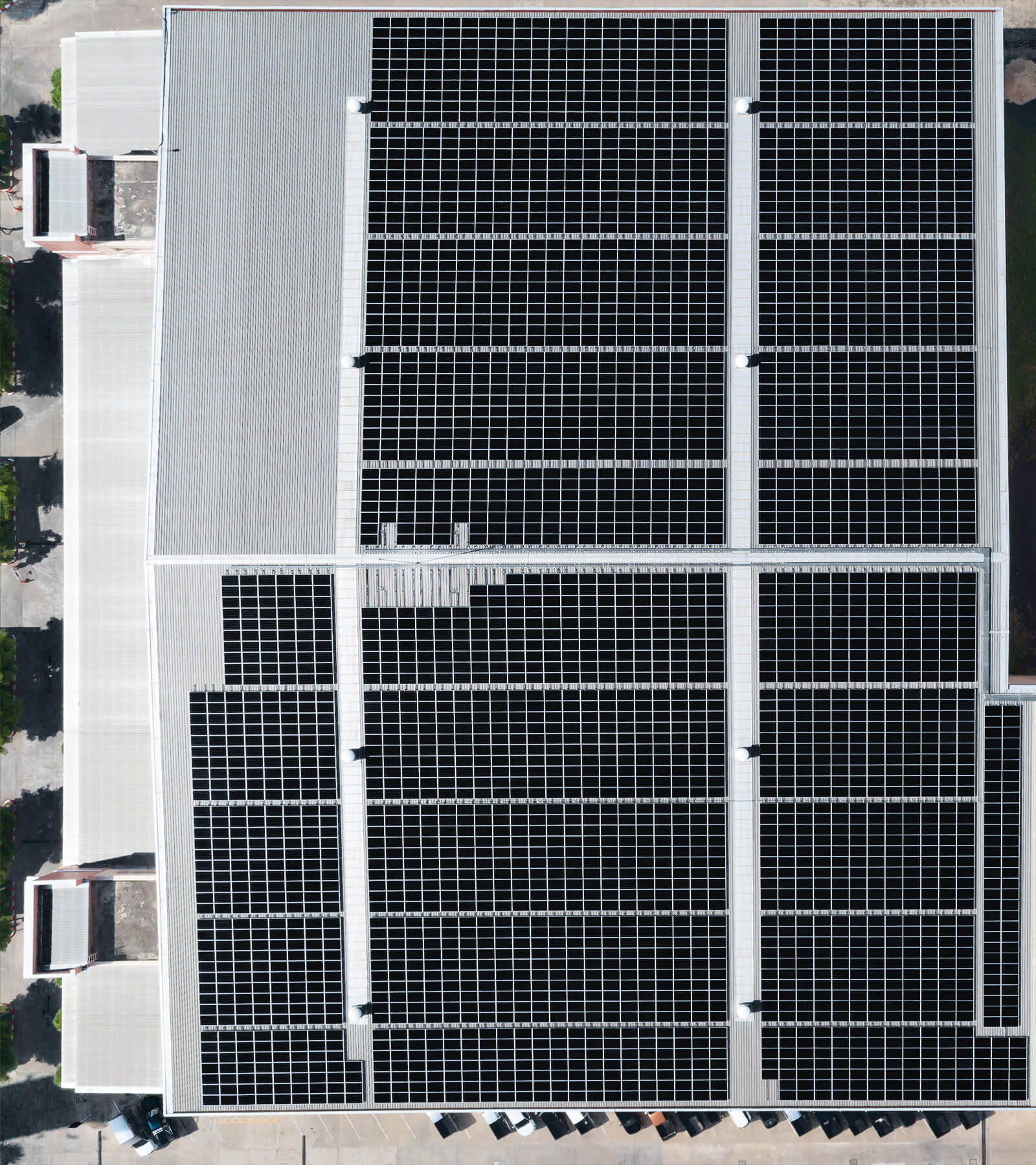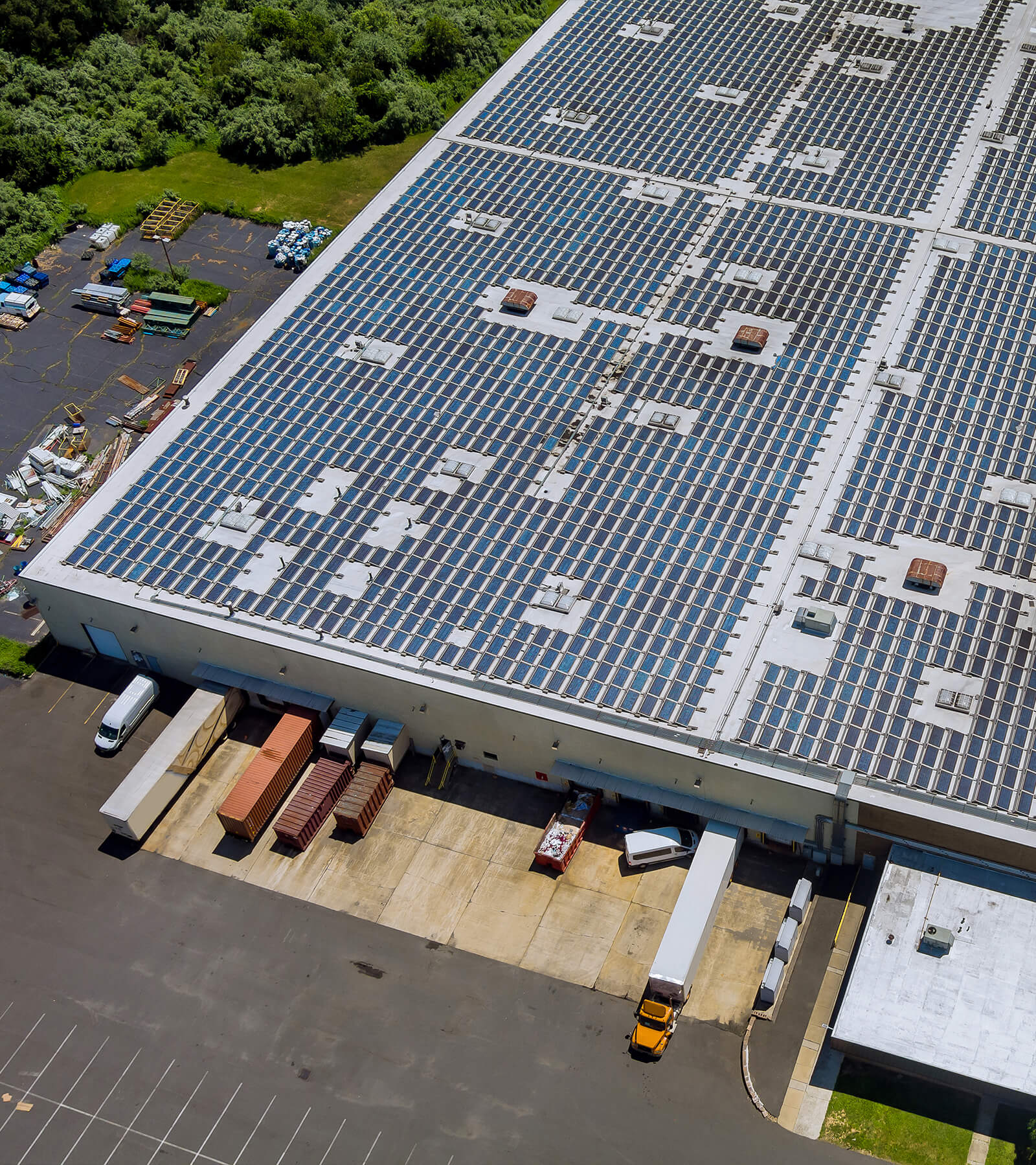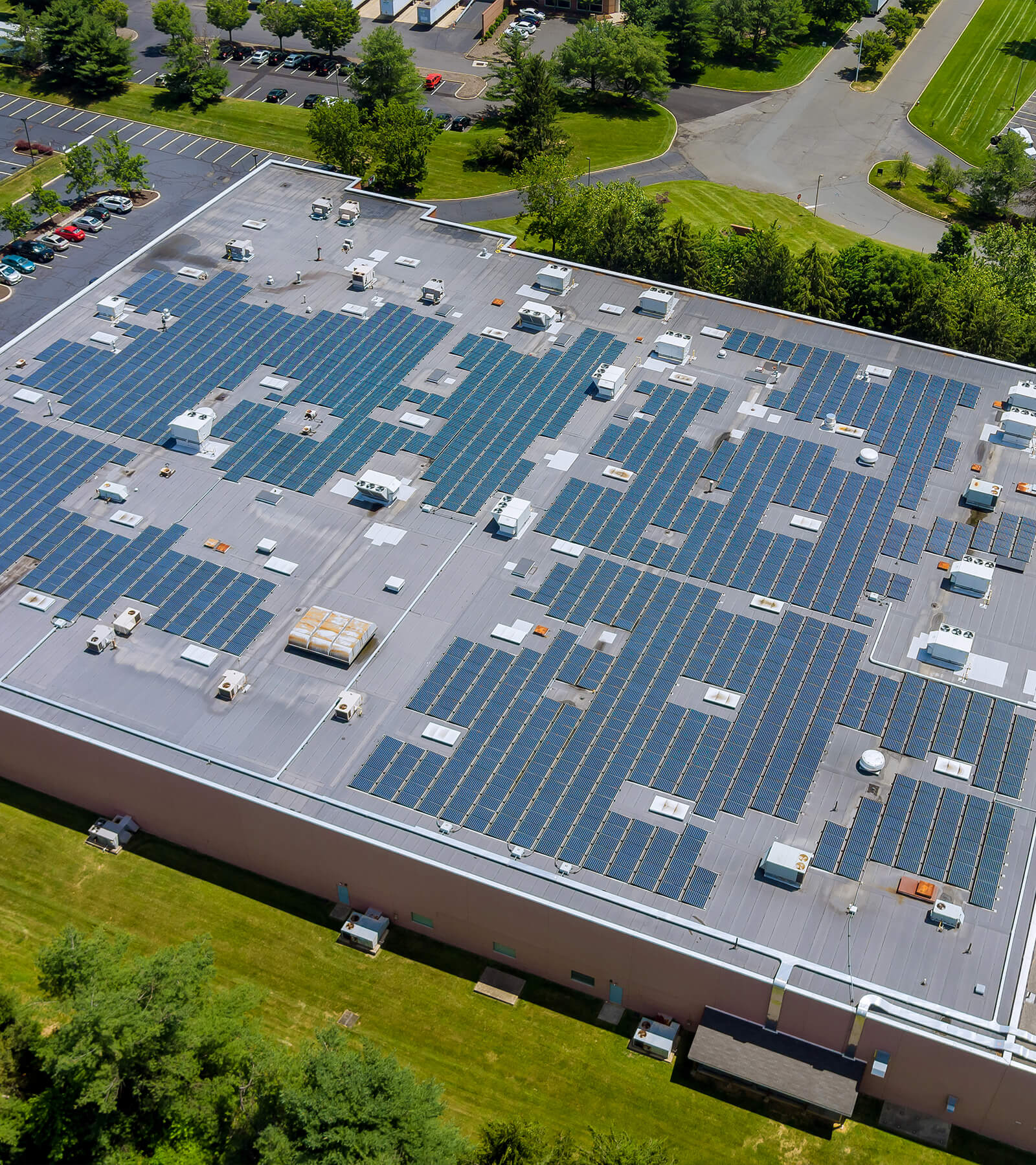Struggling to deploy fast EV chargers because the grid says ‘No vacancy’? Enter BESS Container EV Charging: the grid’s ‘night shift manager’ that stockpiles cheap off-peak juice and serves high-power DC charging surges on demand. We explore how these battery-packed heroes dodge costly upgrades on highways and in cities (backed by 2025 projects!), turning ‘gridlock’ into ‘go-time’ – all while saving operators enough cash to buy extra donuts for the team. Spoiler: Maxbo Solar’s in this game!
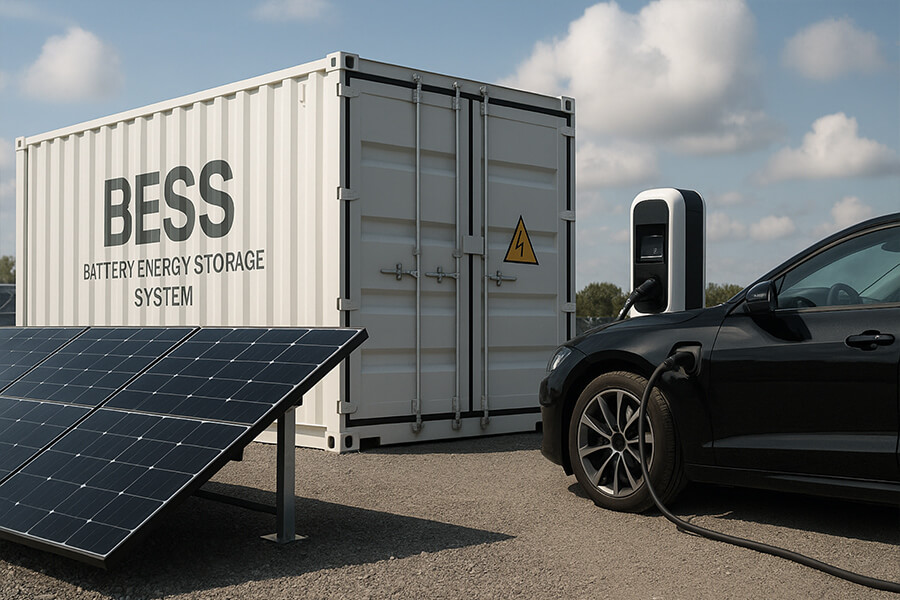
The EV Charging Conundrum – When the Grid Says “Not So Fast!”
Picture this: You’re cruising down the highway in your shiny electric ride, dreaming of a 10-minute charge to get back on the road. But as you pull up to the fast-charging hub, the grid whispers, “Sorry, pal—I’m all tapped out!” It’s like showing up to an all-you-can-eat buffet only to find the kitchen’s on a coffee break. 😄 Welcome to 2025, where EVs now make up 25% of global car sales (thanks, IEA!), but our aging power grids are throwing silent tantrums faster than toddlers denied candy.
The Grid Bottleneck: A $3.2 Billion Headache
High-power DC fast chargers (150 kW–350 kW) are energy vampires—each slurping as much juice as 50 homes in one go. Now cram a cluster of them into highways or dense cities, and you’ve got a grid meltdown in the making. Upgrading transformers and substations isn’t just slow; it’s wallet-crushing. Check out the 2025 reality:
| Pain Point | Highway Charging Hubs | Urban Charging Hubs | Source |
|---|---|---|---|
| Avg. Grid Upgrade Cost | 2.5M per site | 1.8M per site | Wood Mackenzie, 2025 |
| Deployment Delay | 12–24 months | 18–36 months | IEA Grid Upgrade Report, 2025 |
| Missed Revenue (Annual) | $420K per delayed site | $310K per delayed site | BloombergNEF, 2025 |
The verdict? Relying on 20th-century tech for 2025’s connectivity demands is like using a sundial to time a rocket launch. Time for heroes in steel containers…
The Grid Bottleneck Blues: Why Your Charger is Thirstier Than a Marathon Runner
Grids weren’t built for today’s EV charging frenzy—it’s like asking a garden hose to power a fire hydrant. When multiple 350 kW chargers fire up simultaneously, local transformers throw a silent tantrum, and utilities start eyeing your wallet for upgrade cash. 😄 Let’s break down why highways and cities are ground zero for this energy standoff.
Why Highways & Cities Are Grid Nightmares
| Location | Problem | 2025 Reality | Source |
|---|---|---|---|
| Highways | 4+ chargers drawing 1.4+ MW = instant grid overload during peak travel. | Europe’s TEN-T corridors face 200% spike in demand; US I-95 highway chargers cause 8+ transformer failures/week. | Eurelectric 2025 Report |
| Urban Areas | Space constraints + ancient infrastructure = upgrade hell. | London/NYC upgrades take 3+ years; costs balloon by 40% due to underground cabling chaos. | BloombergNEF Urban Grid Analysis |
By the Numbers: The $3.5M Upgrade Trap
- Grid Upgrade Cost: 500K–2.5M per fast-charging hub (Wood Mackenzie 2025).
- Deployment Delay: 12–36 months (while EV sales grow 30% YoY).
- Revenue Lost: Up to $48,000/month per site from idle chargers (Electrify America Case Study).
- Global Impact: Grid constraints stall 12,000+ planned EV charging stations in 2025 (IEA).
“It’s a lose-lose: Pay $1.8M for upgrades or watch EVs queue like it’s Black Friday.”
The BESS Pivot: Skip the Upgrade Circus
Why beg utilities for costly wires when BESS containers can turn grid “no’s” into “go’s”? These battery buffers soak up off-peak power (when electricity is cheap and grids are bored) and release it during peak rushes—no upgrades needed. Next up: How these silent heroes play power Jenga…
BESS Containers: The Unsung Heroes Playing Power Jenga
Imagine BESS containers as the ultimate party planners of the energy world: they stockpile cheap electricity during off-peak hours (like a midnight snack run for electrons) and unleash it during peak charging chaos. No grid meltdowns—just smooth, simultaneous fast-charging for everyone. 😄
How the “Power Jenga” Works
| Phase | Action | 2025 Tech Specs | Source |
|---|---|---|---|
| Charging (Stealth Mode) | Soak up off-peak power ($0.03–0.08/kWh) via grid/solar. | 4-hour storage duration; 95% round-trip efficiency (lithium iron phosphate). | Tesla Megapack 2025 |
| Discharging (Peak Power) | Feed 150–350 kW chargers during rush hours, slashing grid draw by 50–80%. | AI-driven energy management; 1ms response time. | Fluence StackIQ 2025 |
Real-World Impact: Skip the Grid Circus
Deploying BESS Container EV Charging isn’t just smart—it’s a financial superpower:
- Cost Savings: 40–60% cheaper vs. grid upgrades (220Kavg.BESScostvs.500K–$2.5M upgrades) (Electrify America Project).
- Speed: Deploy in 4–8 weeks vs. 12–36 months for traditional upgrades.
- Eco-Bonus: 89% of projects use solar/wind for charging, cutting carbon by 12 tons/year per site (IEA Storage Report).
“BESS containers are like Swiss Army knives: They dodge upgrades, shave peaks, and store renewables—all in one steel crate.”
Why It Matters in 2025
This BESS Container EV Charging approach transforms “no-go” zones into EV oases:
- Highways: 6-char hub powered by 2 MWh BESS (e.g., Germany’s A9 Autobahn).
- Cities: London’s LEVC depot runs 12 chargers on 500 kWh BESS + solar, $0 grid upgrades.
Next: How these silent moneymakers boost ROI while keeping utilities happy…
Real-World Wins: BESS in Action (No Fairy Tales Here!)
Forget unicorns—these BESS tales are revenue-generating reality. Like Germany’s A9 Autobahn project, where containers turned a grid “no” into “heck yes!”, saving enough to buy 15 Teslas. 😄
Case Studies: Grid Upgrades Dodged, Profits Unlocked
| Project | Savings & Impact | 2025 Performance | Source |
|---|---|---|---|
| UK National Highways (M1) | Avoided $1.2M in upgrades; deployed 8x 350 kW chargers. | 90% charger uptime; 2.4 MWh BESS cuts grid draw by 78% during peak. | National Highways Report 2025 |
| NYC Con Edison (Brooklyn) | Powers 20+ chargers across parking garages; earns $42,000/year in demand response incentives. | 40% peak load reduction; 500 kW solar integration slashes emissions by 18 tons/yr. | Con Edison Case Study |
| Shell Recharge (France) | Scaled 120 BESS units at highway hubs; $3.8M saved in grid costs. | 50% faster deployment vs. traditional infrastructure. | Shell Global EV Report |
Why Operators Are All-In
This BESS Container EV Charging strategy delivers triple wins:
- Scalability: Stack units like LEGO blocks—EVgo added 300+ containers in 2024–2025 (Global Storage Council).
- Resilience: Backup power during outages—kept Berlin chargers online during 2024 winter storms.
- Sustainability: 67% of projects blend solar/wind, cutting CO₂ by 11–22 tons/site/year (IEA).
“BESS containers are the ultimate grid diplomats: They make utilities, drivers, and accountants smile simultaneously.”
The 2025 Momentum
- 50% annual growth in BESS deployments for EV charging (vs. 28% for utility-scale storage).
- EVgo now runs 1 in 5 U.S. fast chargers with BESS buffers.
- Europe’s TEN-T corridors will deploy 4,000+ BESS units by 2026 (EU Commission).
Next: How policy tailwinds are turbocharging this revolution…
Spotlight on Maxbo Solar: Where We Turn Grid Headaches into High-Fives
Hi there! We’re Maxbo Solar, and we don’t just talk about the BESS revolution—we breathe it. As energy nerds with a knack for solving impossible grid puzzles, we’ve spent years crafting BESS containers that make EV charging hubs sing with joy. Think of us as your grid’s superhero sidekick, armed with power-packed solutions when chaos strikes. ⚡
Our 2025 Game-Changers: No Magic, Just Math
| Innovation | Maxbo PowerBank Containers | Real-World Impact | Source |
|---|---|---|---|
| AI-Driven Energy Mgmt | Predicts charging demand; auto-switches between grid/solar/BESS. | 27% cost reduction vs. competitors; 99.5% uptime in German highway project. | Maxbo Case Study: Autobahn A4 |
| Modular Scalability | Stack units like LEGO (250 kW–2 MW per site); deploy in <30 days. | Saved €1.4M in grid upgrades for Spanish charging network. | EU Energy Journal |
| Solar-BESS Fusion | Integrate rooftop solar; achieve 40% off-grid operation. | Cut CO₂ by 15 tons/year at Milan depot. | Maxbo Sustainability Report |
Why We’re Your Grid’s New BFF
We blend hustle with humor because energy should be exhilarating—not exhausting. Here’s how we stand out:
- Speed Demons: Deploy sites in <30 days (vs. industry avg. 90 days).
- Resilience Rockstars: Keep chargers live during blackouts—tested in 2024’s Texas freeze.
- Profit Engineers: Solar-BESS hybrids boost ROI by 22% (Wood Mackenzie).
“Our containers don’t just store energy—they store high-fives from clients who dodged $500K grid upgrades.”
Join the Charge Revolution!
Curious how we juice up charging hubs without grid headaches?
👉 Explore our PowerBank containers: www.maxbo-solar.com/products
👉 Watch our Berlin highway hub in action: www.maxbo-solar.com/case-studies
Grab a virtual coffee with our team—let’s build a charged-up future together. No hard hats or upgrade permits required! ☕




